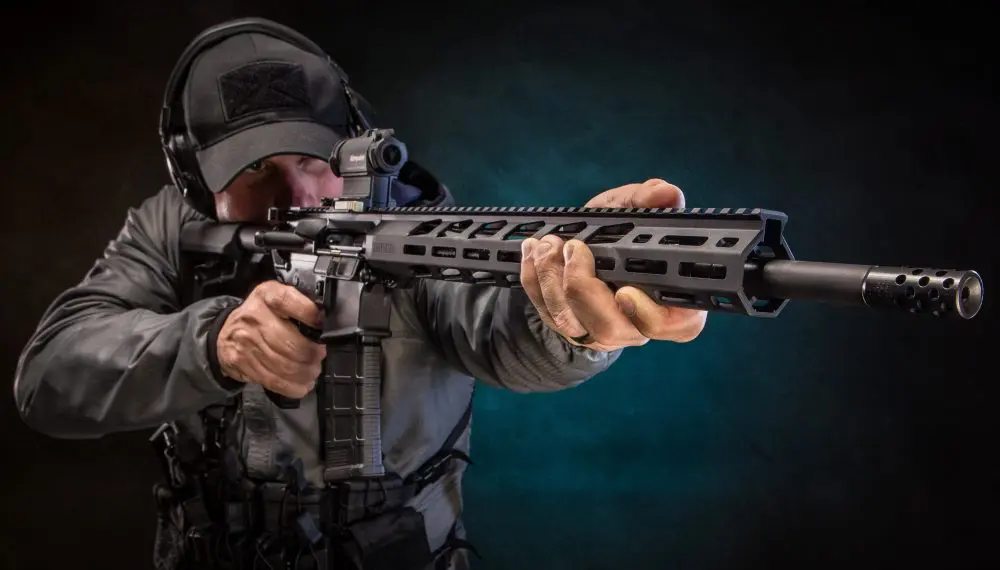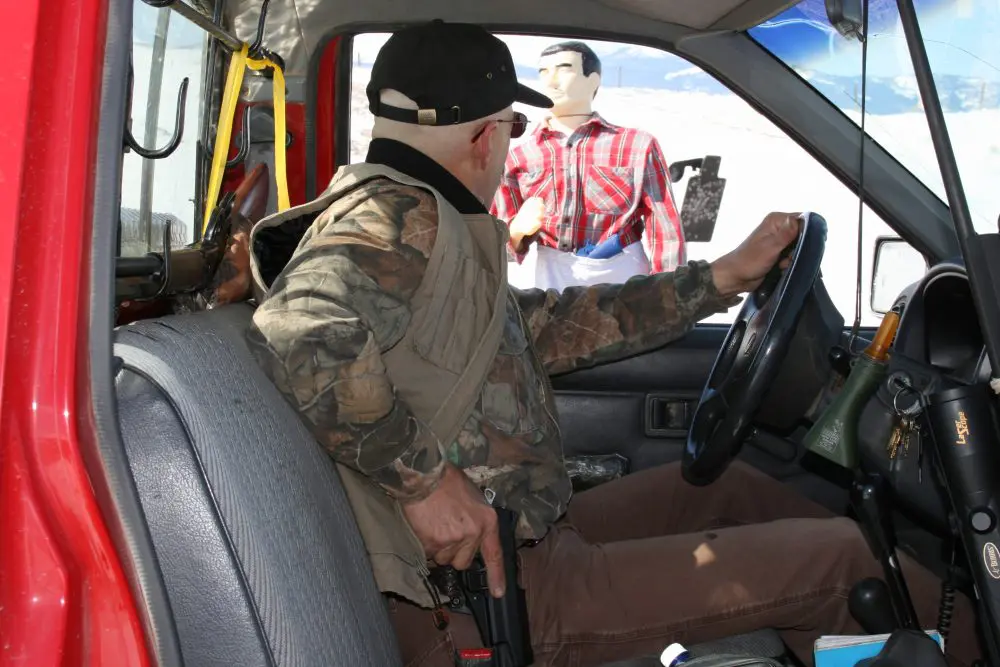On August 12, the toxic ideology of white supremacy prompted an alleged Neo-Nazi to drive his Dodge Challenger into a crowd of counter-protesters in Charlottesville, Virginia, killing Heather Heyer and injuring 19 others.
The scene of this horrific attack was the so-called “Unite the Right” rally, organized by white supremacists whose tender sensibilities were offended by the city’s planned removal of a statue of Confederate General Robert E. Lee.
Also in attendance were many who reject the racial hatred of white supremacy. They were there to confront the race warriors, and it wasn’t long before the confrontation grew very ugly.
The rival groups clashed, fighting with sticks, pepper spray, thrown rocks, and fists and feet, in a donnybrook that even the substantial police presence was unable to thwart. The violence prompted the Charlottesville government, and then the Virginia state government, to declare a state of emergency, and the police ordered rally-goers to disperse from what was now declared an “illegal assembly.”
Considering the outcome a victory for their side, the counter-protesters were in high spirits as they left the scene. This was when the alleged Neo-Nazi savagely rammed his car into a group of them. And what was the problem here, according to gun ban zealots? Well, guns, of course.
Writing for The Atlantic, David Frum at least acknowledges that “Like ISIS attackers in Europe, the Charlottesville murderer used a car as his assault weapon.” But Frum isn’t about to let that stop him from blaming guns. “It could just as easily have been one—or more—of those gun-carriers who made the decision to kill.” Never mind that none of the many armed people present that day—armed, no less, with the dreaded “assault weapons”—did make such a decision.
What? Not a word about how we need to restrict “assault cars,” like the Dodge Challenger, with far more horsepower and torque than a private citizen needs? Seems a natural approach for people who claim to want to regulate guns the same way we regulate cars.
Writing for Slate, Dahlia Lithwick and Mark Joseph Stern took a somewhat different approach. Rather than asking readers to ignore what actually happened and instead imagine the killer used a firearm instead of a car, they argue that the mere presence of well-armed private citizens is what deterred the police from stopping the violence:
“Dozens of white nationalists showed up toting semi-automatic weapons, as did some counter-protesters, making it all but impossible for police to intervene when violence erupted. In short order, peaceful protesters were forced to hide as armed rioters attacked one another with clubs, smoke bombs, and pepper spray.”
Remember that neither Heyer’s tragic death nor the very serious injuries of that day were inflicted with “clubs, smoke bombs, and pepper spray.” They were inflicted with an automobile, and it’s difficult to imagine how police could have prevented them, even in the total absence of privately owned firearms.
The inability of European police to prevent such attacks, after all, seems not to have much benefited from the EU’s draconian gun laws.
The thrust of the Slate article is that “the guns won”—the presence of guns invalidated the First Amendment’s protection of the right to free speech. Curiously, the authors’ solution to the supposed problem of guns curtailing the right to free speech seems to be to curtail the right to free speech when guns are present.
Citing the First Amendment, U.S. District Judge Glen Conrad denied Charlottesville’s request to move the rally to another location. The authors criticize that ruling, arguing that “Rallies with guns cannot be treated, for First Amendment purposes, in the same fashion as rallies with no guns.”
Never mind that the article never attempts to explain how moving the rally—the issue Judge Conrad ruled on—would have prevented any violence. The far bigger news is that they seem to be suggesting that the right of people with firearms—or even expected to have firearms at the event—to speak should be subject to stricter government regulation than the same right of those not expected to have firearms.
And then there’s Josh Horwitz, executive director of the rabidly anti-gun Coalition To Stop Gun Violence, writing for the Huffington Post. He doesn’t stop at telling readers what to blame (guns), but whom, too. Among the accused is (of course) his avowed enemy, the NRA.
So how did the NRA facilitate the violence, despite their silence on the right to own sports cars? According to Horwitz, by their “willingness to arm bigots.” He doesn’t specify any NRA-endorsed policy to “arm bigots” in preference to decent people, and he certainly doesn’t begin to address the fact that the restrictive gun laws his organization advocates affect racial minorities vastly disproportionately.
Because none of that matters to him, any more than the fact that not a shot was fired in the Charlottesville tragedy matters to him and the other self-described “progressives” who want the government to respond to “automotive violence” by further restricting firearms ownership.
A former paratrooper, Kurt Hofmann was paralyzed in a car accident in 2002. The helplessness inherent to confinement to a wheelchair prompted him to explore armed self-defense, only to discover that Illinois denied that right. This inspired him to become active in gun rights advocacy.


